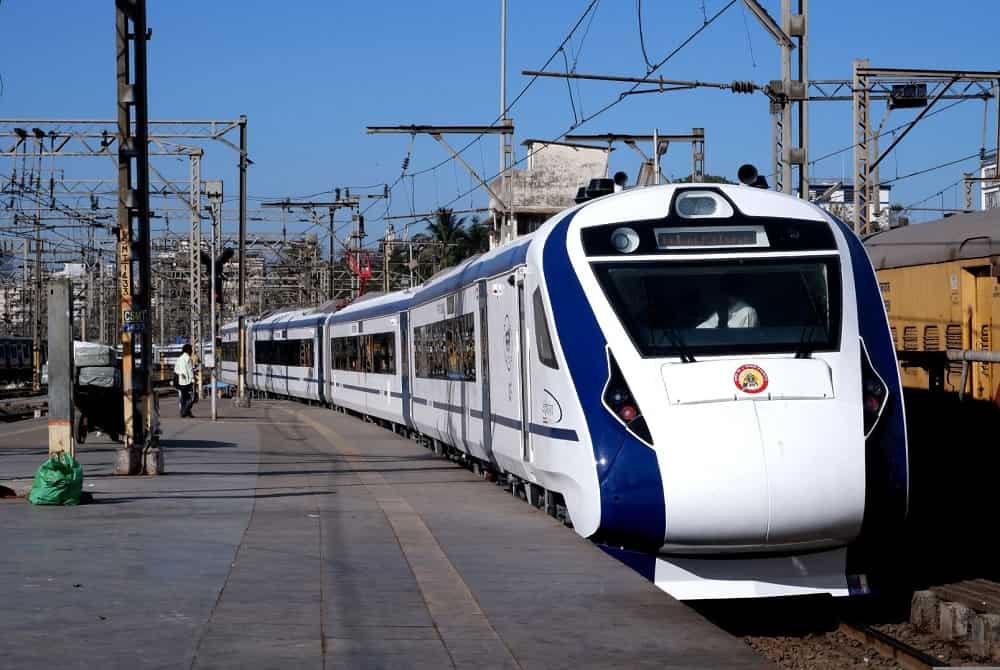Have you ever observed the graceful motion of a train and noticed the powerful locomotive leading the way? It's the locomotive's mighty engine that effortlessly propels the long train forward. But what if we told you that Vande Bharat Express operates differently, defying this conventional setup of having a conventional locomotive at the front or rear of the train. You might be wondering how such a train moves without a traditional engine.
You see, these locomotives, responsible for towing trains, typically rely on electricity or diesel to generate substantial power, ranging from 3000 to 4000 kilowatts. Amidst the extensive railway carriage, a solitary locomotive reigns supreme as the sole source of power generation. Across all other compartments, a noticeable absence of power-producing mechanisms prevails, leaving them devoid of any such capabilities. However, Vande Bharat Express breaks the mold. Instead of a single locomotive, it boasts a unique design. Within its 16 coaches, eight of them are equipped with electric motors, collectively generating an impressive 7000 kilowatts of power. It's these eight coaches that collaborate to power and propel Vande Bharat Express, eliminating the need for a separate locomotive.
Read:-Why Doesn't the Train Derail Even Though It Is Running At High Speed?
The absence of a separate locomotive means that the Vande Bharat Express has distributed traction, where electric motors are placed under the coaches to provide power. This design has several advantages, including reduced energy consumption, improved acceleration and deceleration, and better aerodynamics, resulting in higher speeds and efficiency.
The Vande Bharat Express was designed to be a more advanced and energy-efficient alternative to traditional locomotive-hauled trains, showcasing India's push for modernizing its railway infrastructure and providing passengers with a more comfortable and efficient travel experience.
Read:-Where Did All The Dirt Disappear From The Train Tracks Nowadays?
The Vande Bharat project, formerly recognized as Train 18, stands as a remarkable testament to India's indigenously engineered innovation. This project is entirely made in India, boasting full electrification and operating without the traditional need for a locomotive. This Indian semi-high-speed train is a product of complete design and construction within the country, proudly ranking among the fastest trains in the nation. The evolution of electric trains in India has been a noteworthy journey, characterized by substantial progress and significant milestones.
In conclusion, the Vande Bharat Express is engineless, as it relies on electric traction motors distributed throughout its carriages, effectively eliminating the requirement for a conventional locomotive.
Read:-How Does The Loco Pilot Know, The Next Station Is About To Come?













0 comments:
Post a Comment